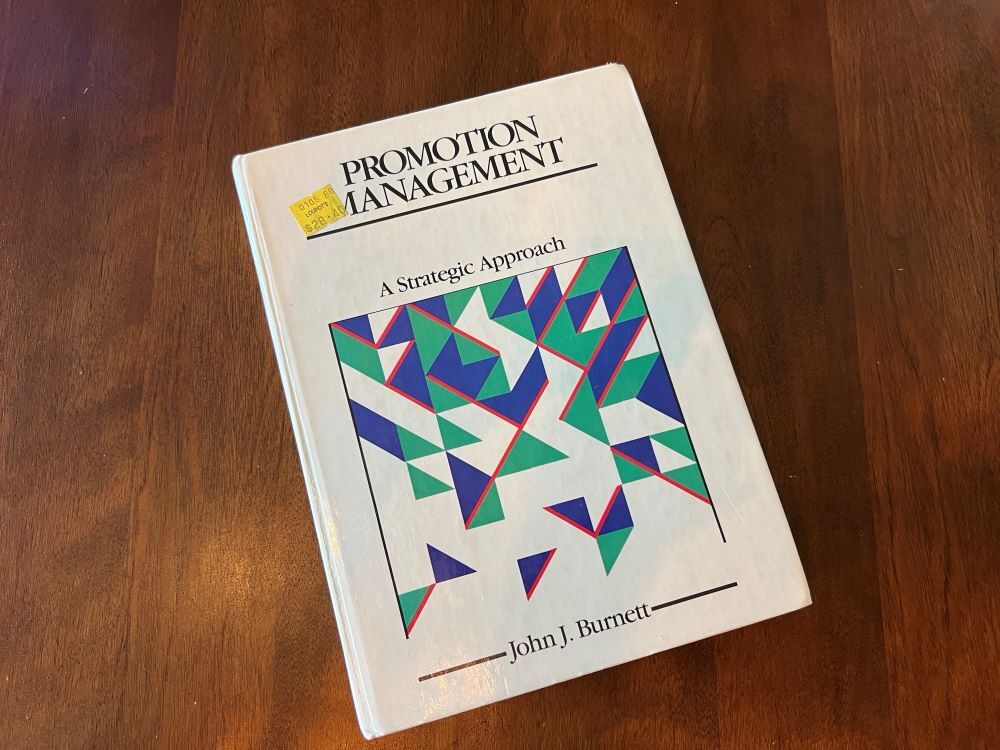You May be Surprised
I was sitting by a window on the third floor of the Blocker Building at Texas A&M University's Mays Business School, studying a textbook on Promotion Management, when I realized something odd: I didn’t have a comprehensive definition of Marketing itself.
I checked the index. Nothing. Just a list of tactics — advertising, channels, media and personal selling. That night, I went through every marketing book I owned. Same story. Each had a piece of the puzzle, but none defined marketing as a whole.
So I wrote my own:
Marketing is the science and process of achieving and maintaining mutually satisfying exchanges between buyers and sellers.
Decades later, I still haven’t found a definition that, to me, captures the full scope better. And in today’s energy markets — where competition is fierce and differentiation is hard — understanding marketing as a complete system is more important than ever.
The Impact of Misunderstanding Marketing
Most definitions of marketing fall short because they collapse it down to a single function or tactic. But marketing isn’t just advertising or communications — it’s the entire system that makes valuable exchange possible and sustainable.
Here’s the real issue: when marketing is treated as only one of its components, companies end up taking the wrong actions in the wrong order. They jump into resource intensive programs without first understanding what’s inhibiting the exchange they’re trying to create or maintain.
Let me give you two quick examples of why this broader view matters:
- Software Maintenance Pricing: A customer support director asked for a flyer to promote the value of software support to prevent customers from opting out. But the real issue wasn’t messaging — it was inflexible pricing. After analyzing usage data, we found that large, long-term customers were paying more per support hour than newer, high-usage accounts. We introduced flexible pricing tiers based on expected usage. Renewals stabilized and customer support became consistently profitable.
- Well Services Branding: A president told me their company was seen as overpriced. Instead of jumping straight into rebranding and messaging, I met with the engineering group to learn about their delivery and reviewed their product list. Many high-value delivered procedures were unknown to customers and potential buyers. We packaged those steps as features and standalone services, then reorganized the product portfolio around stages of the well lifecycle. Suddenly, value was visible and organized by the users’ workflows. Price objections dropped, and sales teams had clearer offers and upsell paths.
Marketing is a Science: Data-Driven Decisions Drive Growth
Marketing is a system of knowledge that relies on observation, experimentation, analysis and testing. Market research, consumer behavior and customer analytics are all categories of scientific tools producing valuable data. Decisions grounded in data outperform decisions made on opinion, instinct or that is just how we have always done it.
Marketing is a Process: Aligning Actions to Outcomes
Marketing consists of a series of actions that lead to desired results. To work, the actions must be the right ones in the right order. Action choice matters: in the well services example above, reviewing the product list was not even considered a need or part of the branding process until I encouraged it. Order matters too: people will not listen to technical details until they know what the product does and how it benefits them, yet this consumer decision making mistake shows up constantly across energy segments.
Processes must always start with and be driven by goals and objectives. You can’t be successful without knowing what you are trying to achieve. If your commercial results are lagging, look at the processes first. If you do not have goal-driven processes, you have found the core problem.
Marketing processes are continuous. From monitoring markets and competition to aligning products with markets, to crafting messages, to building and improving systems that generate opportunities, the processes never stop. They adapt as markets change.
Achieving and Maintaining Exchange
Exchange is where value changes hands—and the relationship that follows. For a first exchange to happen, both sides need credible answers to “is this exchange worth doing?” For ongoing exchange, both sides need reasons to stay.
What buyers need: functional value (it does the job), economic value (the total cost makes sense vs alternatives and risk) and emotional assurance (the choice feels safe and supported).
What sellers need: feasible delivery (we can do this well), profitable growth (unit economics work and scale) and a learning loop (feedback improves product, pricing and promotions).
Marketing helps both sides answer these questions — not just once, but continuously.
Where Companies Go Wrong — and How to Unlock Marketing’s Full Power
Companies that see marketing as components or tactics like ads, collateral or events are limiting themselves. Not understanding this leads many managers to mistakenly apply the wrong actions at the wrong times while missing the more fundamental issues they face. Companies that see marketing as the science and process of exchange unlock competitive advantage.
Marketing is a Core Function of any Successful Organization
My definition of marketing has stood the test of time for me because it’s not tied to assumptions. It’s a structured framework for investigation, creation and maintenance of lasting relationships. Marketing, fully defined, is what makes growth sustainable.


Comments